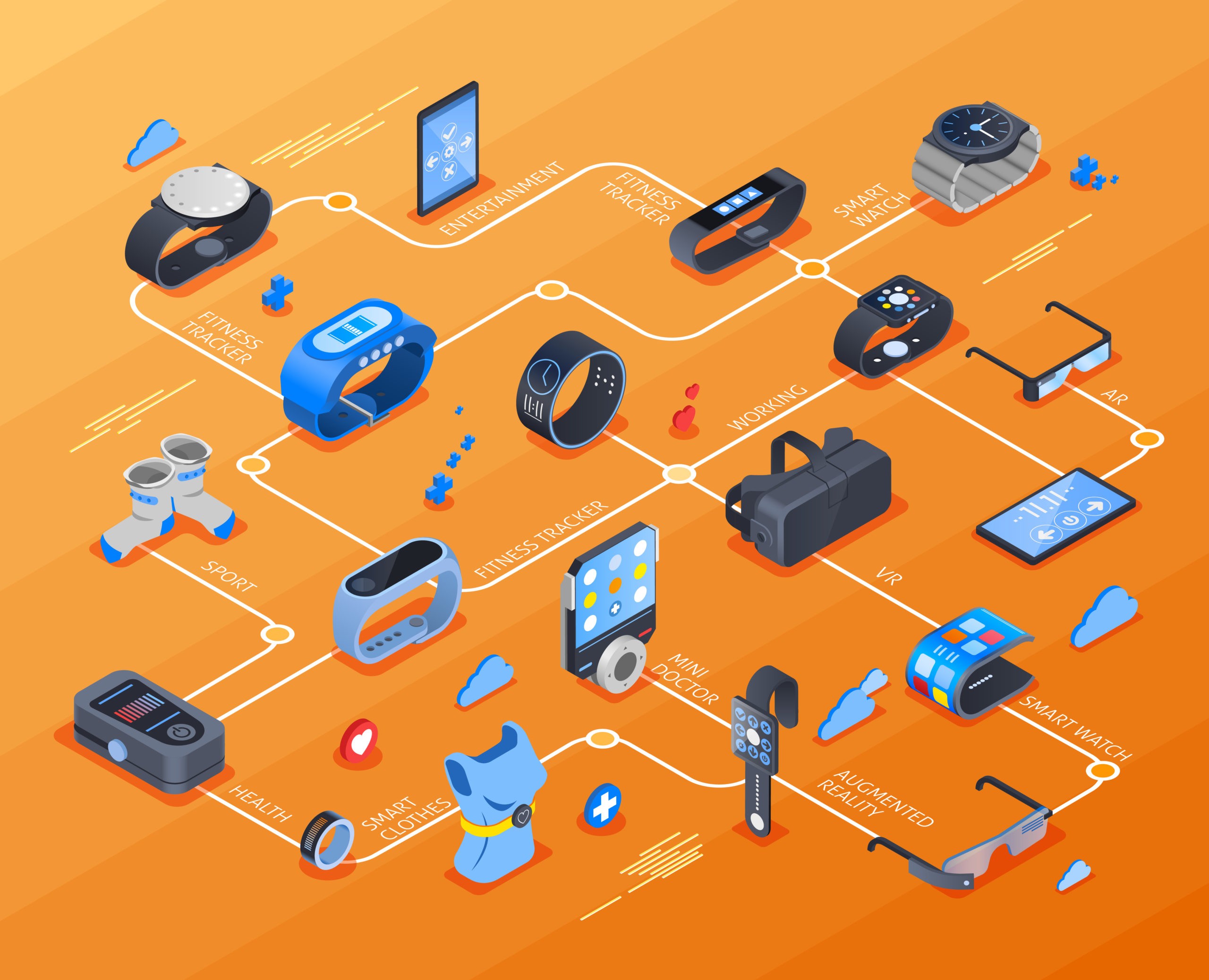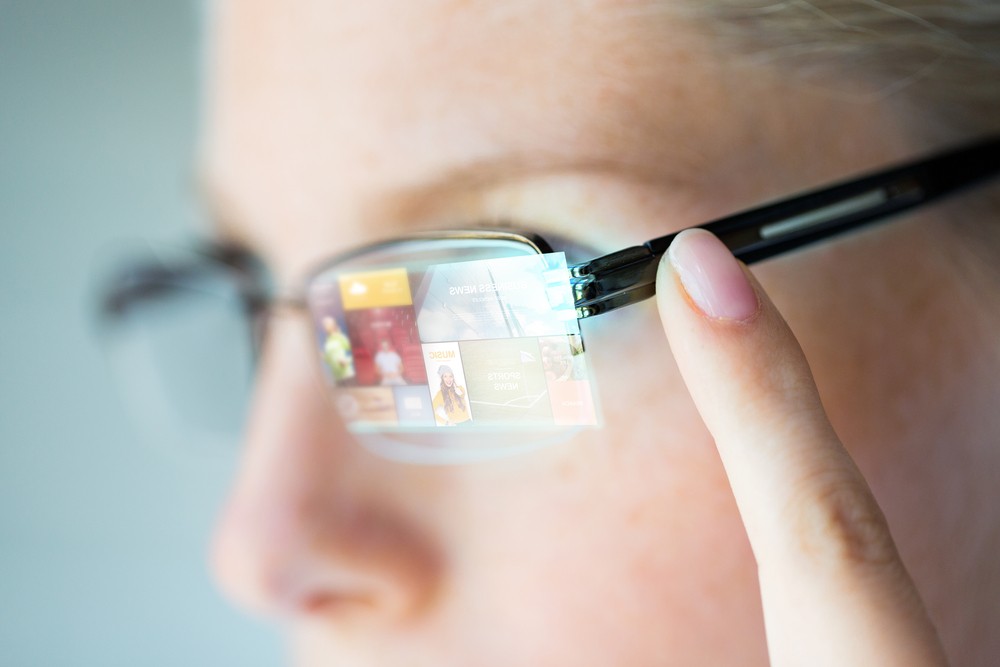5 Reasons for Manufacturers to Invest in Wearable Tech for the Future

Wearable technology is among the most accessible of the many IIoT innovations coming to factories. How — and why — should manufacturers invest in wearables to generate meaningful results on the factory floor? As an initial foray into the Industrial Internet of Things (IIoT), wearable tech is a simple way to delve deep into data and learn how to make it work in the smart factory environment. And there is no shortage of practical application opportunities for wearables to shine.
Simple IIoT
Looking at wearables as a network-connected device offers manufacturers a simple opportunity to expand their IIoT. Each device is connected and capable of generating its own stream of data. Data is a backbone for responsible decision-making within the context of wearables — whether it’s a proximity sensor or a heart rate monitor. The more devices contributing data to an integrated system, the broader the IIoT network. It’s a simple way for manufacturers to get familiar with IIoT technology before investing in more complex systems.
Data cultivation
Take something simple, such as a wrist indicator for air quality in a chemical production plant. Real-time monitoring sends data back to a control hub where safety professionals can discern whether air quality is consistent for operators throughout manufacturing facilities. Wearers receive instant alerts in the event of an emergency, and each unit contributes to aggregated data — a powerful resource for data analytics and environmental insights.

Superior safety
The most prevalent and important role wearables play in the factory environment is safety enhancement. From air quality indicators to proximity sensors and beyond, wearable tech allows employees to safeguard themselves in environments subject to unseen or unexpected dangers. A simple device can act as a real-time prevention agent against everything from noxious fumes to electrical discharges. The data a wearable provides is also a useful tool for teaching safer practices or documenting safety breaches.
Assistive tech
As augmented reality (AR) and virtual reality (VR) technologies grow more sophisticated, applications for wearable tech will continue to expand. AR goggles and glasses have already hit factory floors as assistive devices for repair and maintenance activity. VR wearables — such as goggles and gloves — allow trainees to practice performing specialized physical tasks without exposing them to potential safety hazards. The possibilities for increasing efficiency, safety, and proficiency among employees are endless.

Tech synergy
There’s a growing synergy among wearables and the broader smart factory ecosystem — and that’s the point. Wearable technologies do not exist as individual, static devices. As part of the IIoT, each connected device is a dynamic piece of a larger dynamic system. In an IIoT, a tech might call on the business cloud to access machine schematics on their heads-up display, and a proximity sensor can easily recall data from a digital twin to alert workers when they’ve breached a restricted environment. Dynamic IIoT synergies from wearable tech result in a more efficient factory and increased ROI.
Wearables are becoming essential
Demand for wearables is on the rise. Factories are getting smarter and growing more dependent on technology to facilitate operations. Embracing and integrating wearable technology prepares manufacturers for the future — a future of growing IIoT and more connected devices to power it.